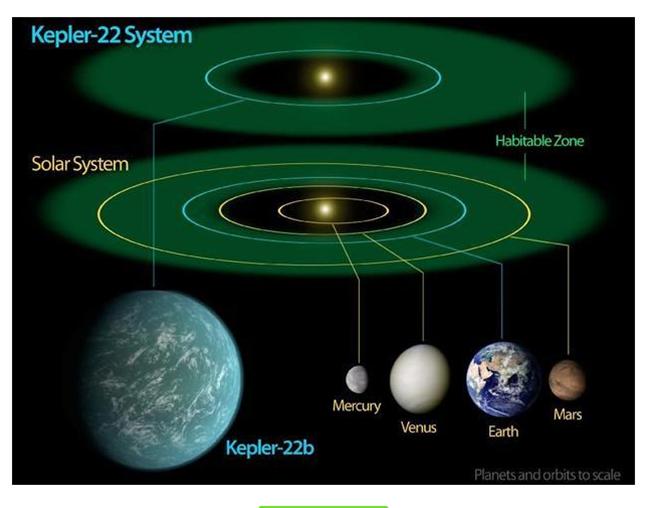During the second week of May, four planets will cluster along the horizon at dawn. They will be visible primarily to the naked eye. But is this just the precursor, a quasi-practice run, for the planetary alignment that some have predicted with occur on the projected doomsday near the end of 2012?Four of our neighboring planets will cluster along the horizon between Monday, May 9, and Thursday, May 12. They will be visible to the unaided eye, save for Mars, which might need a bit of help with a pair of binoculars. But is the clustering just a precursor to the doomsday scenarios being forwarded to coincide with the planetary alignments predicted to occur at the end of the Mayan calendar in 2012?
According to StarDate magazine, a bimonthly publication from the University of Texas at Austin McDonald Observatory, Jupiter and Venus will shine brightly and be easiest to spot on May 10. Venus, which is the brightest, will be to the right of Jupiter. Mercury will be to the right of Venus and lower toward the horizon, about the same distance from Venus as Venus is from Jupiter. Mars will be to the far left of Jupiter.

As long as the the viewer has a clear view of a relatively flat horizon, the planets should be easily spotted. Mountains, trees, and buildings could prove problematic.
But is this clustering a prelude, an omen, a harbinger of planetary paths that will soon align to augur in the end of time? There are several websites on the Internet that state just that or variations on the same theme. But a visible clustering of planets has nothing to do with some future planetary alignment. It simply exists as a nice formation for stargazers and planet watchers to see four of the five planets that are visible to the naked eye (Saturn is the fifth).
And as for a planetary alignment set to occur in 2012, that fabled year of doomsday purportedly prognosticated by the Mayan long calendar, which ends on December 21, 2012, there will be no such occurrence. According to a NASA Q & A article concerning 2012, the space agency noted: "There are no planetary alignments in the next few decades, Earth will not cross the galactic plane in 2012, and even if these alignments were to occur, their effects on the Earth would be negligible. Each December the Earth and sun align with the approximate center of the Milky Way Galaxy but that is an annual event of no consequence."
But what of the calendar? In short, all calendars end. Time doesn't stop, so a new calendar, or method of tracking the passage of days, is required.
Still, none of those things -- 2012 doomsday predictions or the end of the Mayan calendar -- should interfere with someone interested in viewing the celestial clustering of planets set for the second week of May, a detailed progression of which can be seen at StarDate.org.

No comments:
Post a Comment